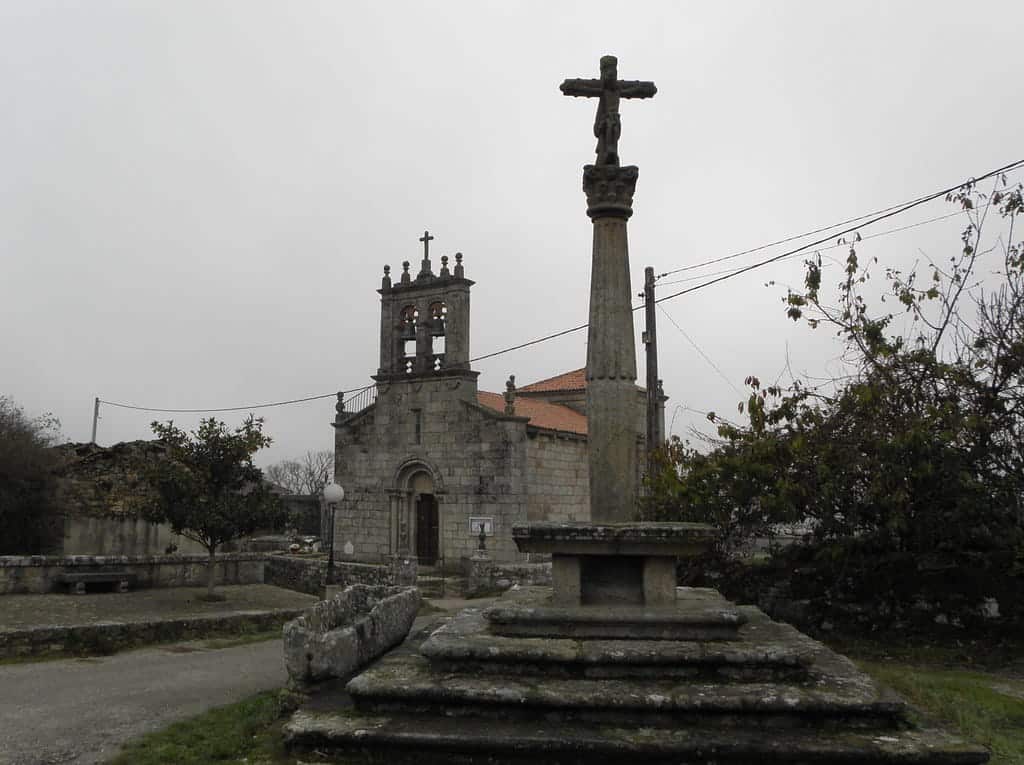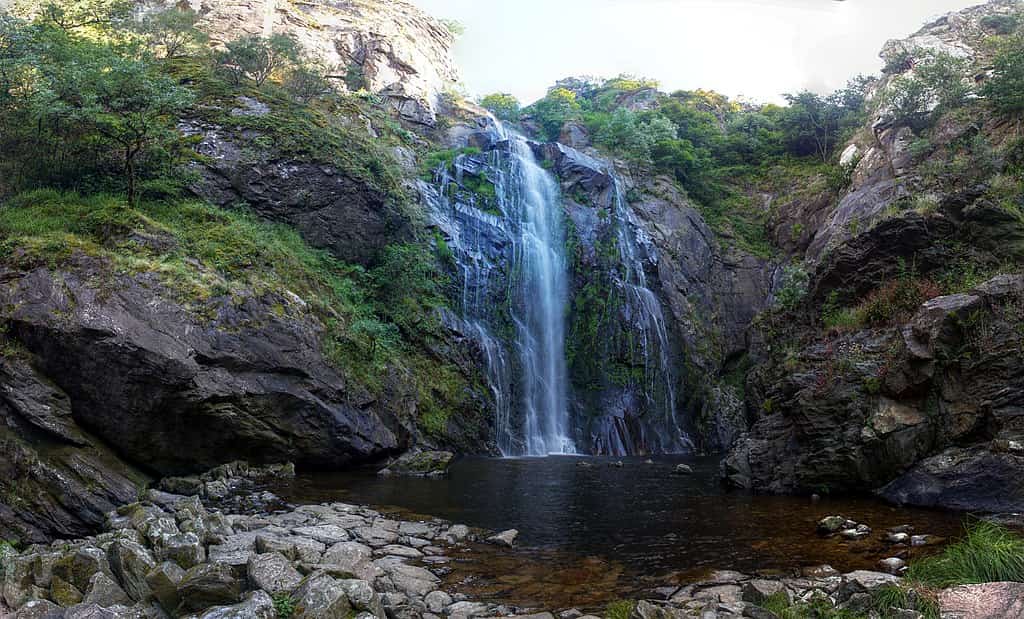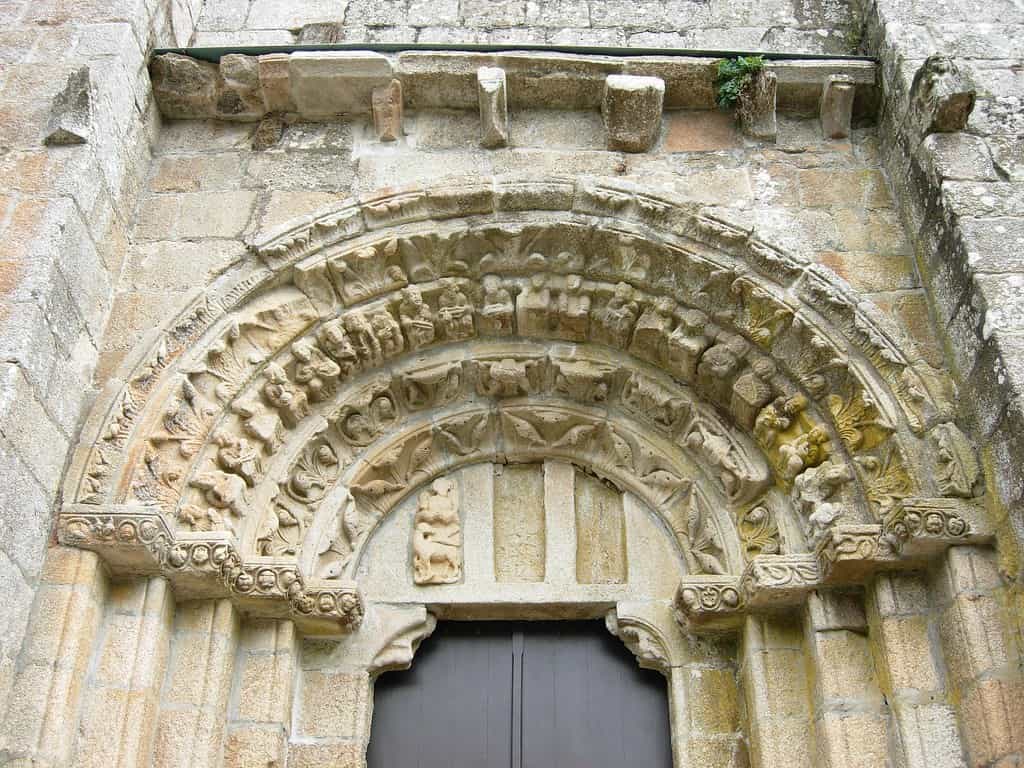
Silleda is a charming municipality located in the province of Pontevedra. This place is not only known for its natural surroundings and history, but also plays a fundamental role in the journey of many pilgrims heading towards Santiago de Compostela. Indeed, this town is a mandatory stop if you choose the Sanabrés Way.
As experts in the organisation of the Camino de Santiago, we will explore what to see in Silleda, highlighting its main tourist attractions, outdoor activities, and local gastronomy. But first, we will introduce you to the wonders of the Silver Way so you can see all that you can appreciate along its length.
Índice de contenidos
Silleda: A strategic point on the Camino de Santiago
As mentioned, Silleda is located at a key point for those choosing to walk the Silver Way. This route, rich in history, culture, and unforgettable landscapes, connects southern Spain with Santiago de Compostela, making it an ideal choice for pilgrims seeking a unique and authentic experience.
Why choose the Silver Way?
The Silver Way is more than just a route, it is a journey that combines tradition, nature, and cultural diversity.
Throughout its length, this route crosses ancient Roman roads, landscapes that range from the plains of Andalusia to the lush mountains of Galicia, and villages full of history. But what makes the Silver Way such an attractive option? Here are some key reasons to choose it:
- A more peaceful experience: unlike the French Way from O Cebreiro, which is often crowded, especially during peak season, this option offers a more relaxed experience. This allows pilgrims to enjoy the journey without the crowds, with more time to connect with nature and reflect.
- Historical and cultural richness: the Primitive Way route is known for being the oldest, but the Silver Way is not far behind in terms of history. Along the way, you will find Roman relics, medieval churches, and monuments that tell centuries of civilisation. Additionally, many cities along the route, such as Mérida and Salamanca, are UNESCO World Heritage sites.
- Diverse and stunning landscapes: routes like the Way to Finisterre are known for their proximity to the sea, but the Silver Way holds a special charm thanks to its diverse landscapes. From the warmth of the southern lands to the dense Galician forests, this route offers a constant change of scenery.
- Connection to other routes: the Silver Way not only takes you to Santiago, but it can also connect you to other routes indirectly related to the Camino de Santiago. For example, the English Way connects to other pilgrimage routes to Santiago.
The Silver Way and Silleda: The perfect match
Silleda is an essential stop on the final stretch of the Silver Way. Its strategic location allows pilgrims to enjoy a restful break before embarking on the final stage towards Santiago de Compostela. Furthermore, this town offers not only comfort, but also a wide range of activities, landscapes, and experiences that enrich the journey.
From hiking trails to exquisite gastronomy, it invites pilgrims to pause, explore, and appreciate the cultural heritage of this land.
While other routes, such as the full English Way, offer interesting alternatives, the connection that Silleda has with the Silver Way makes it a unique point for those seeking more than just a simple journey to Santiago.
Main tourist attractions in Silleda
Here are some of the places you can enjoy in this area with rich cultural and religious history:
Toxa River Waterfall: A natural spectacle

The Fervenza do Toxa is undoubtedly one of the natural gems of Silleda. This impressive 70-metre-high waterfall, the highest in Galicia in freefall, is set in a landscape surrounded by native oak and chestnut forests, inviting visitors to walk and contemplate. Here, you may also spot some rare birds.
Accessing the waterfall is easy thanks to well-marked trails that allow you to enjoy nature while reaching the main viewpoint. The power of the water, the relaxing sound, and the lush vegetation make this place a paradise for photography lovers and hikers.
Carboeiro Monastery: History and medieval architecture

The Monastery of San Lorenzo de Carboeiro is an exceptional example of Galician Romanesque art. Located in an idyllic setting beside the Deza River, this monastery, founded in the 12th century, is a must-see for those looking to connect with Galicia’s religious and historical past.
The place was restored in recent years, allowing visitors to admire its stunning architecture. It includes a central nave, capitals decorated with plant motifs, and a magnificent rose window on the main façade. Additionally, the natural wooded surroundings make it a perfect place to enjoy peace and serenity.
Puente del Demo: A Roman engineering marvel
Another notable site is the Puente del Demo, an ancient, robust structure believed to have been built during the Roman era. This bridge, spanning the Deza River, connects historic paths and showcases the classic engineering that has stood the test of time.
The bridge, surrounded by spectacular natural scenery, is a perfect stop during a hike.
A Carixa Recreational Area: A place to unwind
Located next to the Deza River, the A Carixa Recreational Area is an ideal spot for enjoying a day outdoors. This area, with spacious green zones, picnic tables, and safe river access, is perfect for families, groups of friends, and pilgrims looking to relax after a day of walking.
Additionally, A Carixa is a starting point for hiking trails that explore the surrounding natural environment, offering a unique opportunity to experience Galicia’s landscapes at their finest.
Santiago de Taboada Church: A Romanesque treasure
For those interested in religious architecture, the Santiago de Taboada Church is a must-see. This church, built in the 12th century, is a prime example of Galician Romanesque style, with architectural details that reflect the craftsmanship of the stonemasons of the time.
Noteworthy in this church are its sculpted portal and the frescoes decorating some of its interior walls. Additionally, the church is located in a peaceful setting, making it an ideal place for reflection and spiritual solitude.
Silleda: Nature, tradition, and Galician culture
Beyond its main tourist attractions, Silleda offers a wide variety of resources that enhance the visitor experience. Here are more reasons to fall in love with this place:
The natural surroundings: A paradise for outdoor lovers
Silleda is surrounded by landscapes that reflect the richness and diversity of Galicia. Beyond the Toxa River waterfall and the A Carixa recreational area, there are numerous hiking routes and trails that allow visitors to immerse themselves in the local flora and fauna.
- Among the most popular routes is the Devesa Route, which crosses dense native oak and chestnut forests, offering spectacular views of the Deza valley.
- Another point of interest is the Monte do Coco, from the summit of which you can enjoy stunning panoramic views of the region. This peak is a perfect place for a sunset excursion.
Feria Internacional de Galicia ABANCA
Silleda is well-known across Galicia and beyond for being the venue for the Feria Internacional de Galicia ABANCA, one of the most important events in the region. This exhibition centre hosts various trade fairs, cultural events, and commercial exhibitions annually, attracting thousands of visitors.
Among the major events is the Semana Verde de Galicia, which combines agricultural, livestock, tourism, and leisure activities.
Local gastronomy: Authentic flavours
In Silleda, the gastronomy reflects Galician tradition. In addition to classic dishes like octopus à la Gallega and empanada, it is worth highlighting products such as Galician honey and cornbread, which are commonly found in local markets. A delicacy exclusive to the area is the meat of the cachena cow, famous for its flavour and texture.
Visitors can find excellent restaurants to enjoy these and other specialities.









